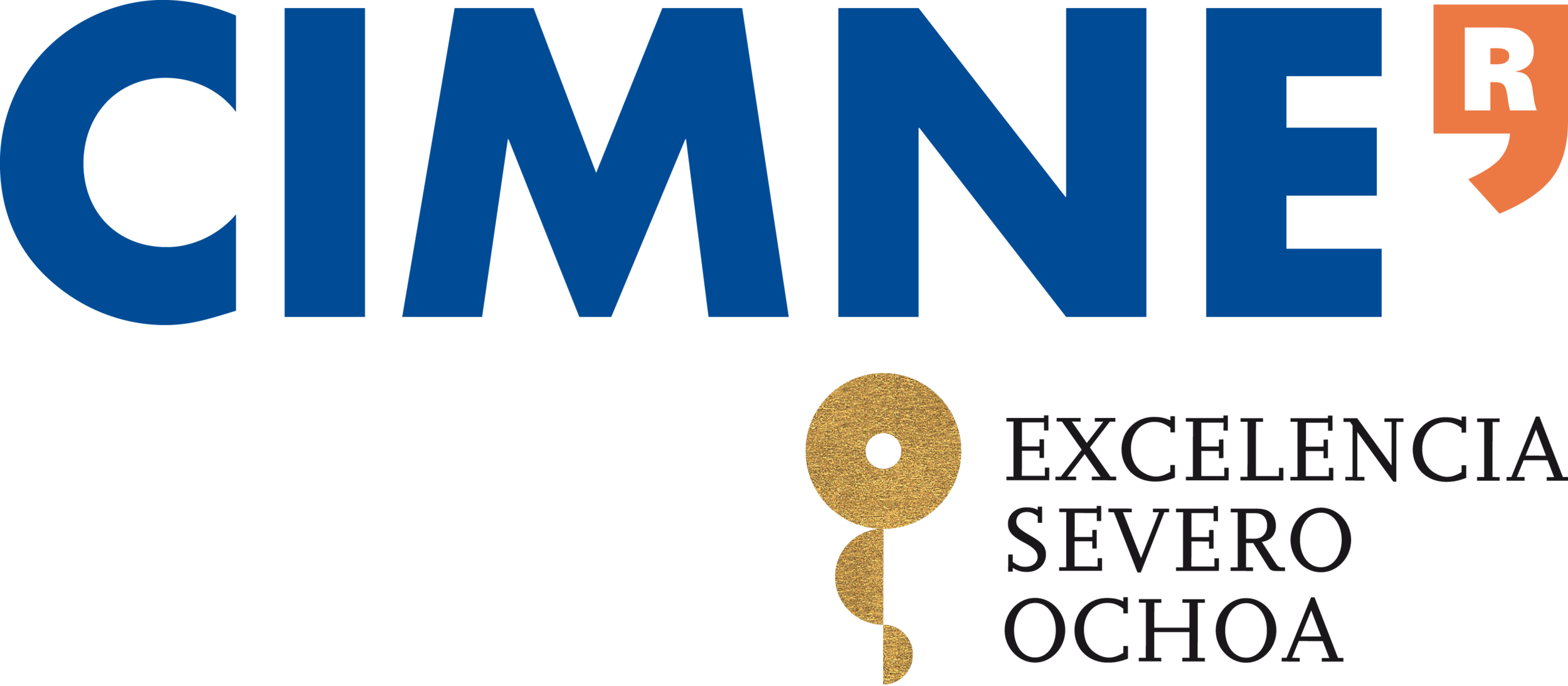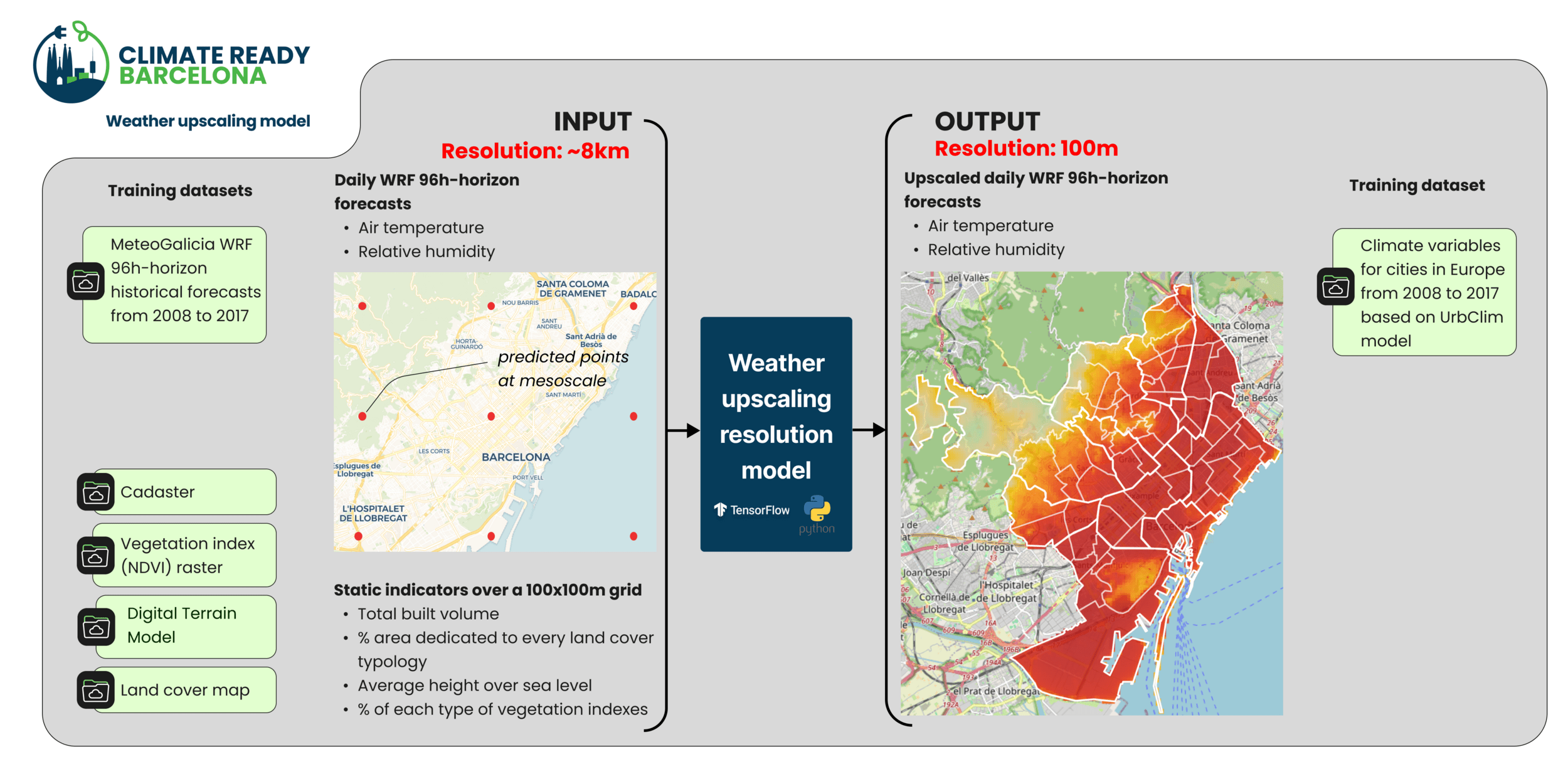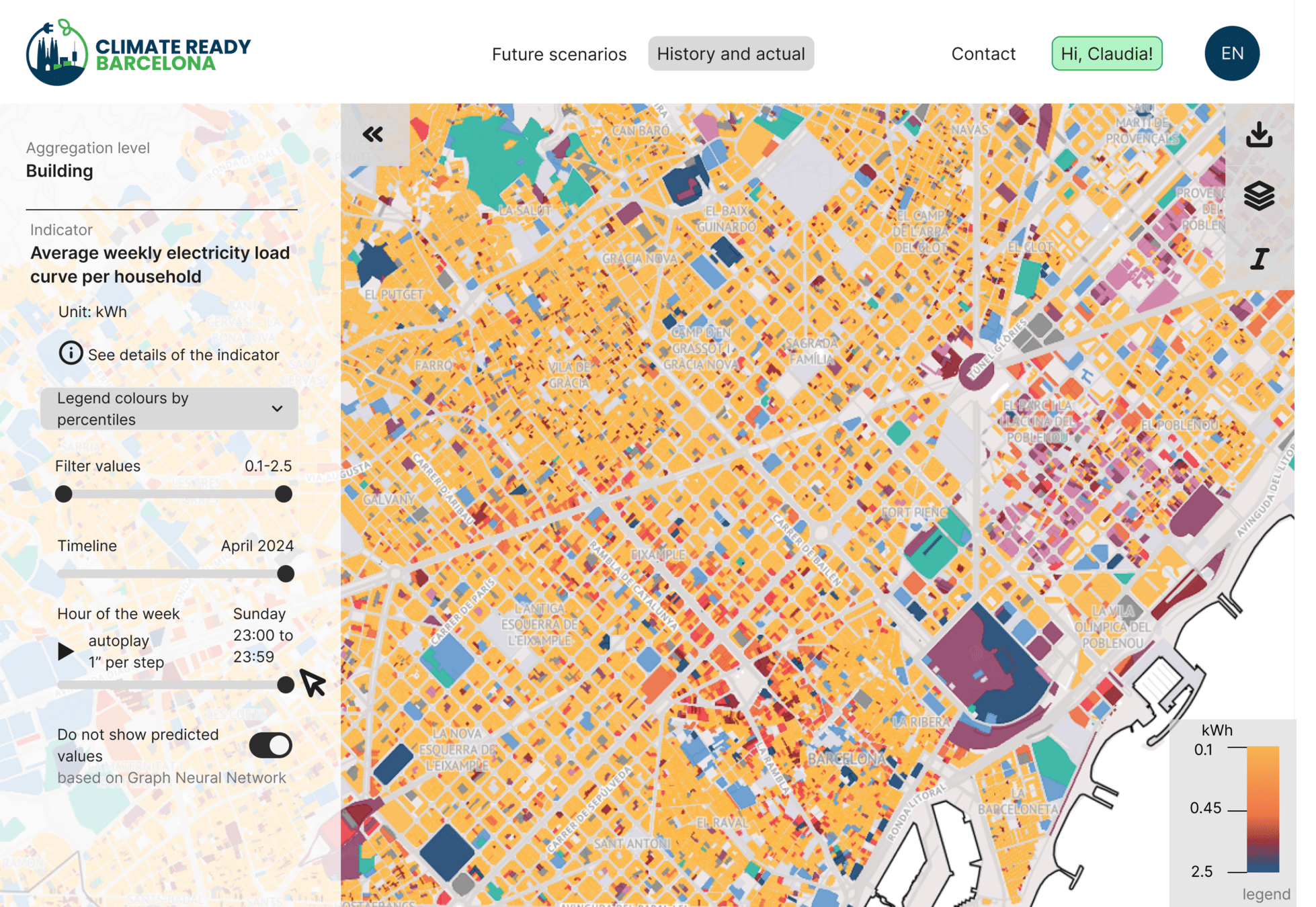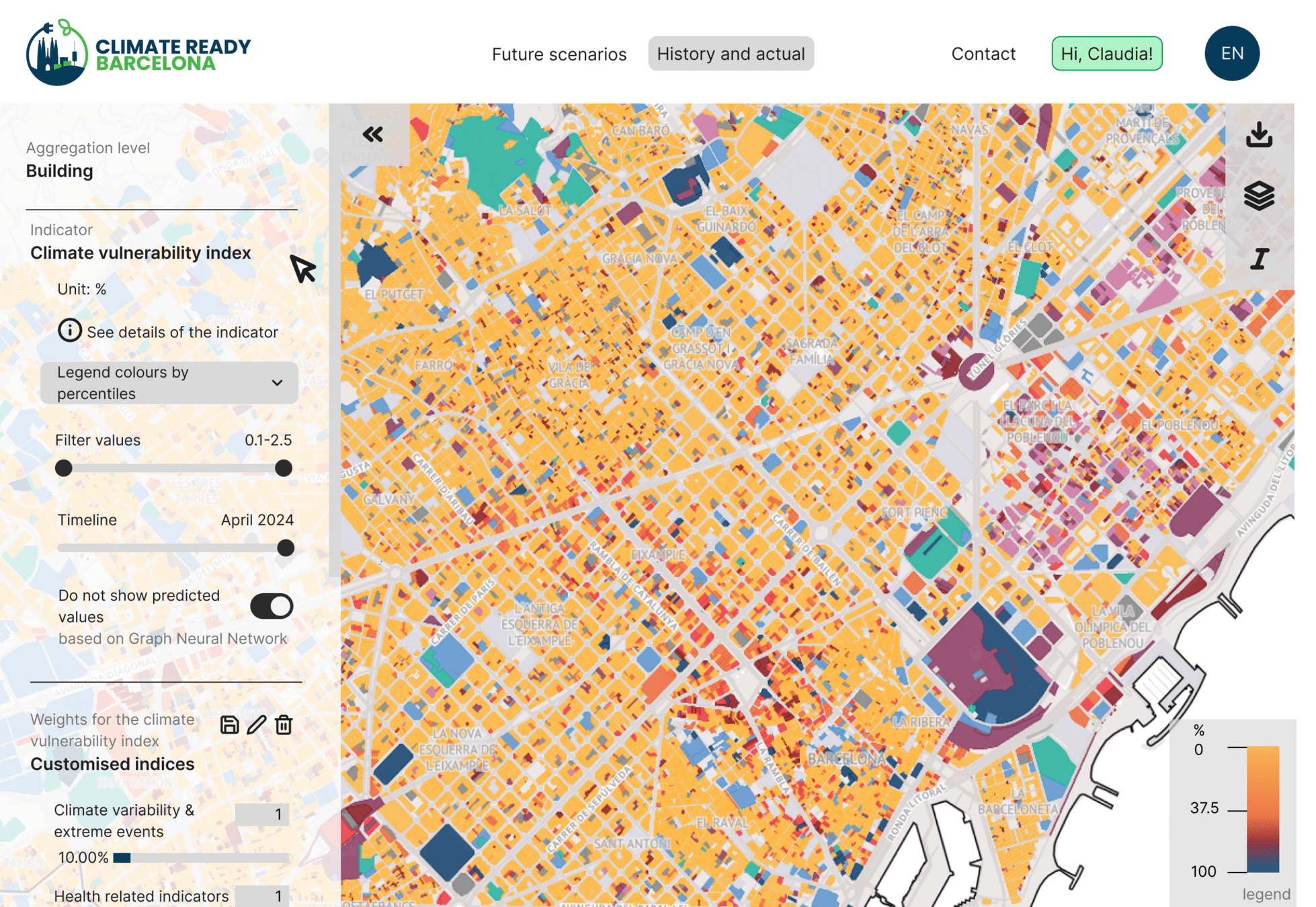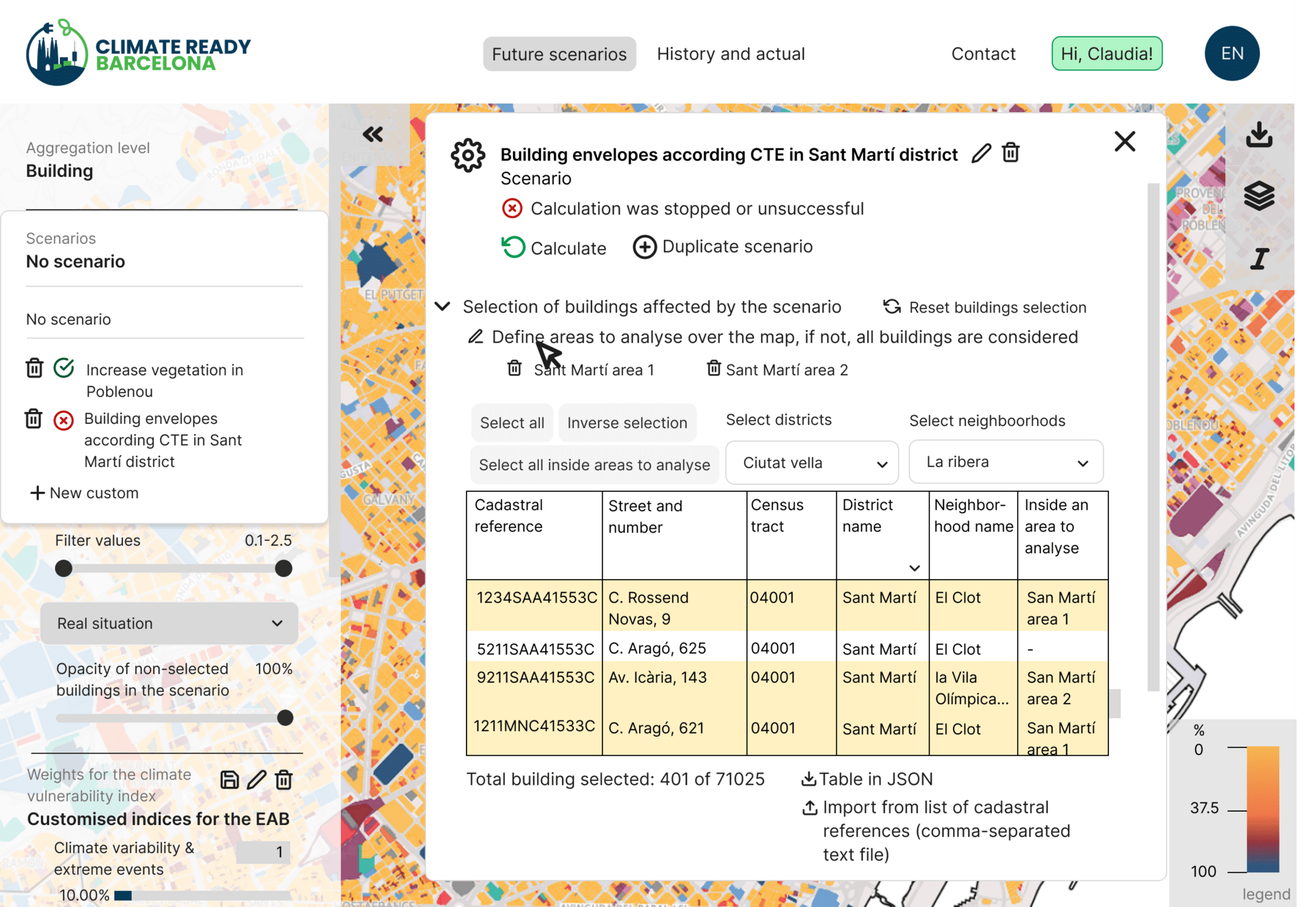Enhancing Climate Resilience Through Urban Microscale Weather Data Analysis
By CIMNE BEE Group
Enhancing Climate Resilience Through Urban Microscale Weather Data Analysis
Urban energy vulnerability index assessment at the building level is crucial for understanding and addressing climate challenges in cities, particularly in Barcelona. This study, conducted as part of the Climate Ready Barcelona project (funded by ICLEI and Google), focuses on integrating diverse data sources specific to Barcelona, harmonizing them to an ontology framework, and utilizing Graph Neural Networks (GNNs) for data modeling. Data ingestors collect heterogeneous datasets, including cadaster, weather, energy consumption, simulated energy demand, vulnerability surveys, and socio-economic data, which are then harmonized to a standardized ontology, facilitating interoperability and consistency. GNNs are employed to impute gaps and detect anomalies in the data, producing a comprehensive dataset for vulnerability index computation. Key Performance Indicators (KPIs) such as energy consumption, building age, and socio-economic status will assess vulnerability in Barcelona. The results will be accessible via a user interface catering to various roles (citizens, urban planners, administrators), fostering informed decision-making and sustainable urban development in Barcelona.
